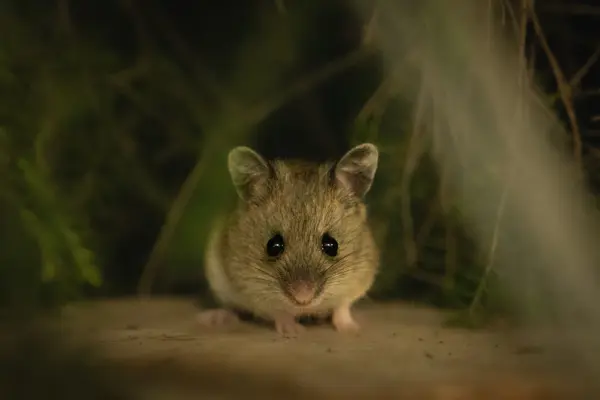
Royal Botanic Gardens Cranbourne receives a new population of Pookila to help conserve the species
On Friday 3 May, 28 Pookila were released at Royal Botanic Gardens Cranbourne in efforts to protect the endangered species.
Pookila have been in decline since their discovery in Victoria in 1970 and are considered extinct at seven of 12 known locations throughout Victoria. Reasons for this decline include fire, drought and predation by feral cats and foxes. They were last seen at Cranbourne Gardens in 1976.
Royal Botanic Gardens Cranbourne Manager Environmental Systems, Ricardo Simao said the Gardens are thrilled to re-introduce Pookila into Cranbourne Gardens.
“We are thrilled to re-introduce Pookila to Cranbourne Gardens, and are grateful to Zoos Victoria, Moonlit Sanctuary and partners for making this possible,” Mr Simao said. “Royal Botanic Gardens Cranbourne is home to over 450 native plant species in its bushland, with native grasses and landscapes which will provide many safe hiding spots for this little creature. We also have predator proof fencing to protect them from cats and foxes.”
The 28 Pookilas have been specially bred at Melbourne Zoo and Moonlit Sanctuary as part of the Victorian Pookila Conservation Breeding and Reintroduction Program. The program was established in 2022, when founding Pookilas were sourced from the five remaining locations in Victoria. Following careful matchmaking, the Pookilas born for release are more genetically healthy and diverse than those left in the wild.
Zoos Victoria Native Rodent Biologist, Dr Phoebe Burns, said Zoos Victoria is proud to be leading this reintroduction program as part of wider efforts to recover the species in the state.
“This is the culmination of decades of work by dedicated conservation scientists. It’s so exciting to be at the point where we get to return the Pookila to the Royal Botanic Gardens Cranbourne after nearly 50 years absence,” Dr Burns said.
Mammal Coordinator Kiandra Debus from Moonlight Sanctuary re-iterated Dr Burns’ comments. “Insert quote”
The Pookila were released into a small fenced-off area, to prepare them for a full release into Cranbourne Gardens in the next six to eight weeks. They will be carefully monitored and fed as they get used to their new home.
“The soft-release process will allow Pookila to adjust to their new home, get used to the weather, dig burrows and experience Cranbourne Gardens while remaining safe and well-fed,” Dr Burns said. “Once they’re ready, we’ll let them look after themselves, but continue to keep a close eye on them.”
The name Pookila is derived from a Ngarigo word for ‘mouse’ – bugila – and was adopted by the Federal Government in 1995 as an Indigenous name for the species formerly known as the New Holland Mouse.
Native to south-eastern Australia, the small, burrowing rodent inhabits open heathland and coastal areas, mostly feeding on native plant seeds, leaves and fungi.
Shy and nocturnal, Pookila can be distinguished from the house mouse by their bicoloured tail, large eyes, soft, thick fur, and a lack of ‘mousey’ odour.
The five remaining Victorian sites, believed to contain fewer than 3000 Pookila, are in Gippsland – including at Wilsons Promontory and Loch Sport.
The Victorian Pookila Conservation Breeding and Reintroduction Program is a joint project between the Department of Energy, Environment and Climate Action, Gippsland Water, Moonlit Sanctuary Wildlife Conservation Park, Parks Victoria, Zoos Victoria, and our partners in Gunaikurnai Land and Waters Aboriginal Corporation and Bunurong Land Council Aboriginal Corporation.
